Social media platforms provide great mechanisms for sharing stories and photographs of your success on the hill; but in recent years, these platforms have become double-edged swords. A poorly posted pic can provide ammunition to those out there with an axe to grind, and we all know there’s a large number of trolls with an anti-hunting agenda who love nothing more than trawling online forums and social media for content they can then use to point the finger at us ‘bloodthirsty’ hunting types.
Stacks of dead animals laying on a driveway or hanging off the back of a ute don’t do us as outdoors enthusiasts any favours. Likewise, neither do gratuitous grip-and-grin pics with the hunter gurning down the barrel whilst standing proudly above his/her dead conquest.
I admit, it’s hard within the context of a single still image to encapsulate all that’s going on in terms of the true emotion of the moment. The energy and effort required to get to that particular split second in time isn’t easily conveyed within the frame, and neither is the work required after the fact to carry the meat back out for friends and family to enjoy; the conservation, social and economic arguments for hunting are also impossible to convey.
I’m privileged to be able to touch on all those elements and tell a much deeper story within the scope of our TV series with the hope that viewers who don’t hunt can get a glimpse into the rigours of what’s involved in getting to the rare position of pulling out a still camera for a trophy pic; but for the bulk of mainstream NZ, that single image on social media is all that dictates their response, which can often be knee-jerk and ill-informed.
Tips and Advice
From my experience dealing with the anti-hunting community over seven years of production of The Red Stag Timber Hunters Club, here’s a few tips about how to take better photos of your prize kill that show a little more respect to the animal and don’t risk you becoming fodder for the likes of PETA.
1.
One of the first things that Hunters Club founding member Anto Hall pulled me up on when we began filming the show back in 2014 was the importance of a good photograph. He taught me that each and every antler point needed to be visible. For non-cervids, the equivalent rule was to ensure the curvature of the chamois hook or the gnarly ridges of a grizzled old bull tahr horn could be clearly seen. These were the measures of a trophy, so needed to be front and centre, and whilst not particularly relevant to the argument of this article, I still think it’s an important point to touch on!
2.
Anto also drilled into me that no one likes to see an animal’s tongue hanging lifelessly out the side of its mouth. It’s a quick and easy fix to hide it away out of sight or to simply whip it out with a knife. Take the time to tidy up the animal as best you can; no one likes seeing a gut bag hanging half out of a carcass!
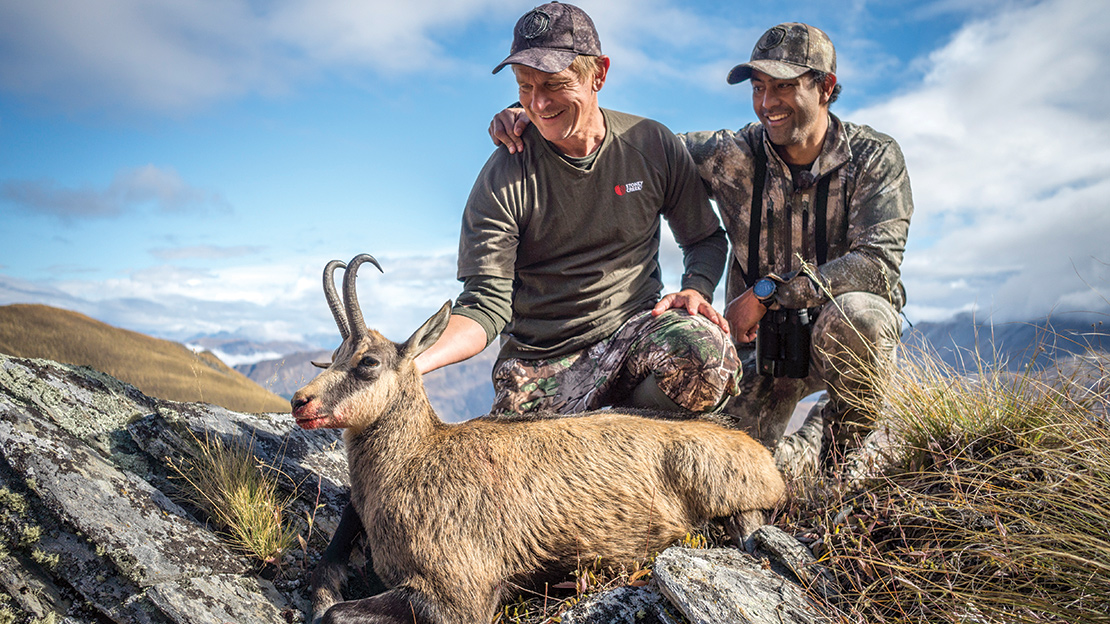
3.
Photoshop is your friend. Not to add length and girth or a couple more points to your trophy (although if you’re that way inclined and talented enough to get away with it, be my guest) but for minimising blood stains on fur or to tidy up messy exit wounds.
Pro Tip: The clone stamp tool comes in handy here and works particularly well on fur and hair.
4.
Location, Location, Location. Take the picture on location as best you can. It doesn’t matter if the animal is perched on a snowy peak at dusk or nestled ungainly between two pines after dark – a photo right where the action unfolded is nearly always preferable to one taken a day later when back in civilisation.
5.
Many cameras these days can shoot in raw format that allows you to bring out the detail that’s lost in the highlights and shadows through compression on formats such as JPG, so don’t fall into the trap of thinking you always have to have the light directly on a subject. Well-composed, backlit images have a slightly ethereal quality that tends to work well in the types of landscapes that us hunters regularly find ourselves in. In my experience, a well-composed, sharply detailed photograph goes a long way to softening the blow for those with more delicate tastes – seeing the sweat on the brow and cuts and scrapes … all signs of the effort involved to get to that very moment.
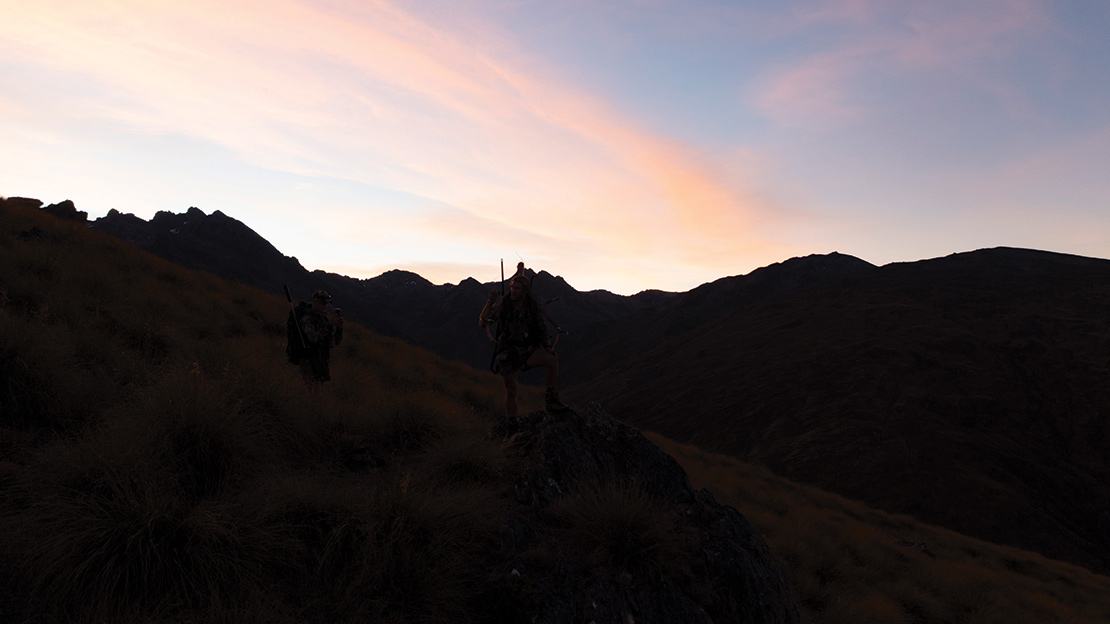

6.
For a slightly different composition, try looking down at the animal rather than directly into the camera. It takes the focus away from you and places it on your quarry, which immediately conveys an important degree of additional respect. If you have another person in your hunting party, try and integrate them into the photo as well – again, looking anywhere but down the barrel of the lens. Many of us hunt for the camaraderie, so try and capture that element.
7.
Avoid taking handheld selfies with dead animals – 99% of the time, these come across looking pretty piss-poor.
8.
Don’t exaggerate. Super-wide-angle lenses can make 32-inch heads look like Edgar Nitz’ record wapiti bull, especially when the hunter strategically positions themselves a good metre or two behind the animal. Hunting shouldn’t be a dick-measuring contest, and taking photographs like these are effectively the same as stuffing socks down your trousers – there’s only going to be disappointment and embarrassment once your pants are off.
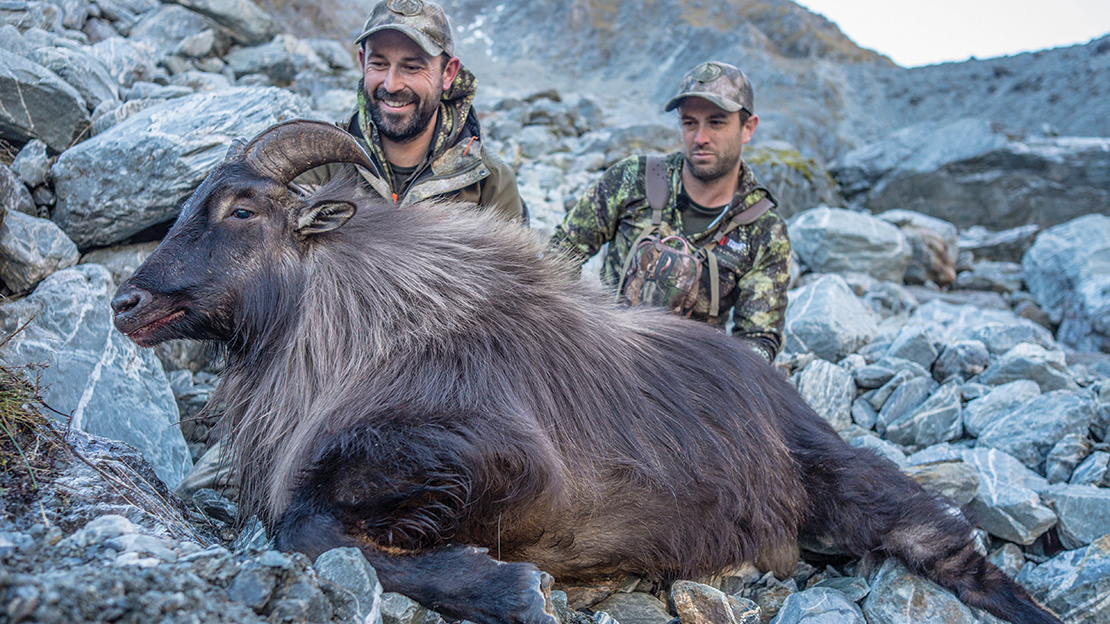
9.
Think before you post. It’s one thing firing off an image to a mate via text or Messenger, but more care needs to be taken posting images onto open forums. Once it’s up and in the public sphere, it’s often too late to retract, so if you plan to post something that may be a touch controversial, be prepared to face a bit of backlash.
10.
Provide context where possible; most sites allow you a brief description alongside the image (although for many with an agenda, this would be the last thing they’d read). Try and focus on the effort and skill it took to achieve the result, rather than the number of points, length of horn and number of kills; and if you took the meat home, a follow-up pic of a beautifully prepared back steak goes a long way to silence even the most vocal of armchair critics.
Hopefully, adhering to a few of these suggestions will ensure you don’t end up facing the wrath of anti-hunting trolls or holier-than-thou hunting purists. At the end of the day, the decision whether to post or not to post is entirely yours, but like it or not, these days we’re all hunting ambassadors; and it was once said that an ambassador is someone who “thinks twice before he says nothing”.

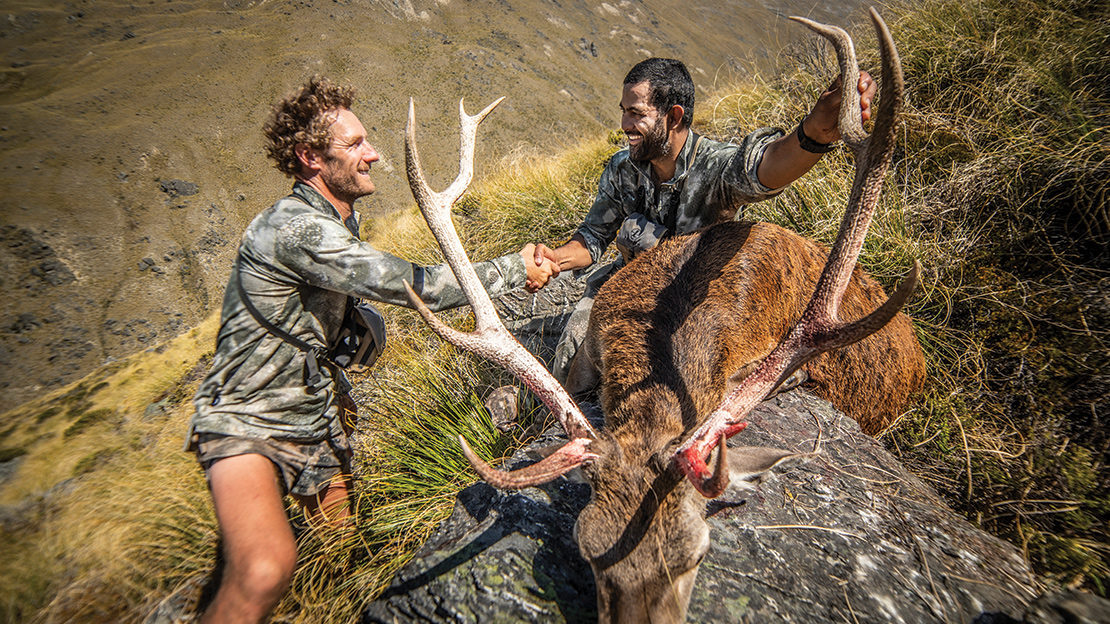
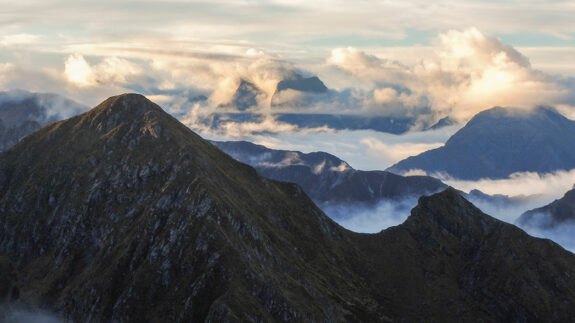
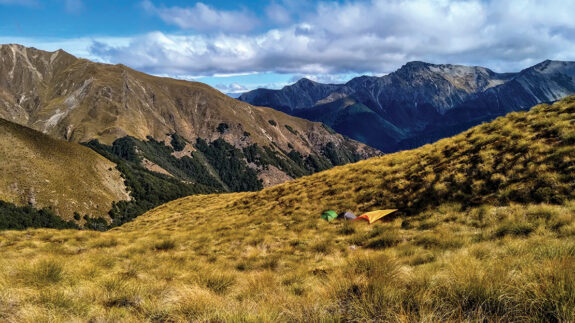

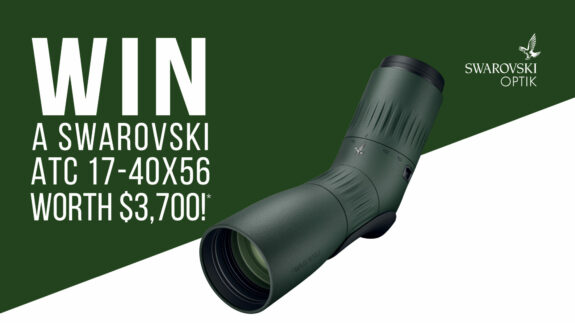
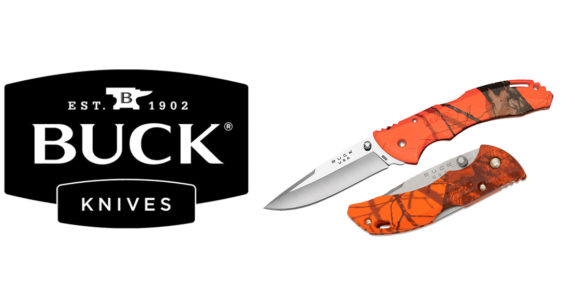
SHARE YOUR BEST PICS #NZRODANDRIFLE